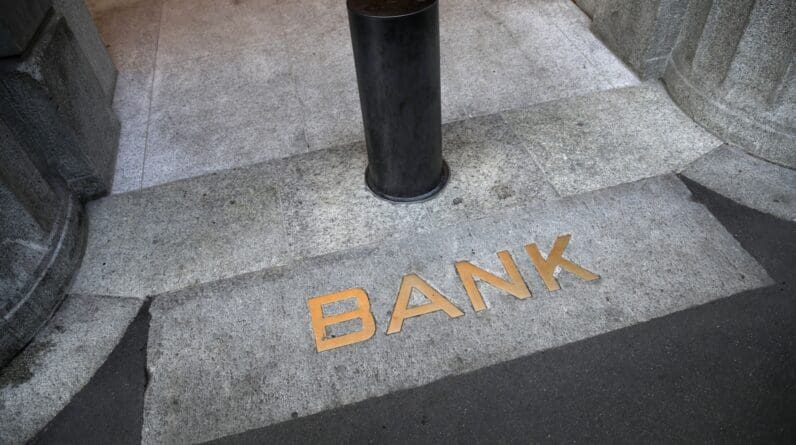
It comes after a tumultuous few years for traditional lenders, when rising rates and market volatility saw them lose out to private credit firms. They’re now hungry to get their lucrative buyout financing businesses back in action. But with M&A scarce, banks are increasingly willing to offer borrower-friendly concessions, with DDTLs adding to features like payment-in-kind options — which allow interest payments to be deferred — and so-called pre-capitalizations for companies that aren’t even for sale yet.
With the broadly-syndicated loan market now roaring back, it’s easier for banks to sell on debt, potentially giving them the confidence to offer more risky or unusual financing deals. But the push is mainly coming from private equity firms, according to bankers. With competition over deals so high, they see an opportunity to clinch attractive terms — and they also want to lock in financing for future acquisitions now in case things sour in the future.
“From a broader leveraged finance perspective, the trend is indicative of the fact that terms are now very good. People are worried that the window might close, and want to lock in the current pricing,” said Giacomo Reali, high-yield partner at Linklaters LLP. “It’s a way to pre-book future use of capital at today’s pricing.”Despite this, it’s unlikely that DDTLs will become a mainstream part of bank financing deals.
It’s difficult for lenders to hold undrawn loans on their balance sheets, but it can also be tricky to syndicate them out to the market, because collateralized loan obligations — the biggest buyers of leveraged loans — typically need to be paid interest immediately to make their economics work. DDTLs usually have so-called ticking fees on the undrawn portion, but these can take a while to kick in.
CLOs in Europe are also typically restricted from holding more than 5% of their holdings in DDTLs, and have to put the cash up front for them. Still, a surge in CLO issuance this year — and the accompanying rush to fill new portfolios with loans — means CLO managers are increasingly amenable to buying DDTLs such as Eleda’s.
It’s also hard for banks to compete on size. Traditional lenders have to sell DDTLs as a strip alongside a funded term loan B, with bankers saying that a DDTL equivalent to 20% of the publicly-syndicated portion would be fairly punchy.
Direct lenders, on the other hand, don’t need to set aside committed capital for DDTLs and are prepared to offer high amounts for businesses they are eager to lend to. In December, a syndicate of lenders including Blackstone Inc. provided a €275 million DDTL on top of a €675 million unitranche loan as part of the financing package for Permira’s buyout of a German insurance broker.
But the trend nevertheless adds to the bigger picture of traditional banks fighting back against private credit firms in any way they can to win business.
“It’s a function of being in a good market with a lot of appetite from the banks to underwrite and activity levels picking up,” said Linklaters’s Reali.







